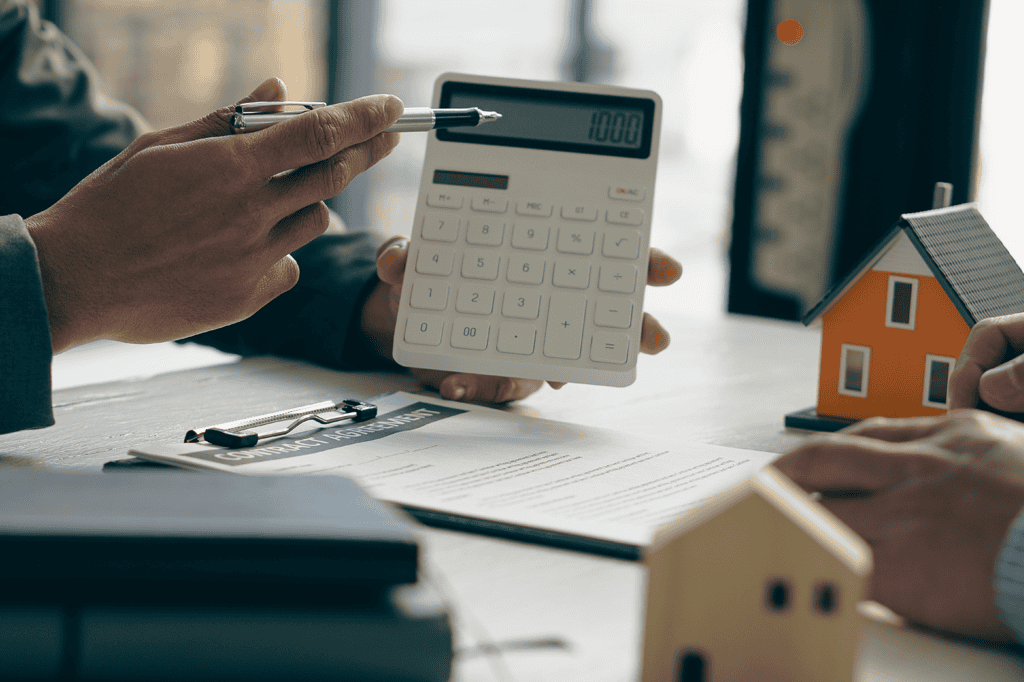Despite all the blustering and gnashing of teeth about the new US President, optimism about the economy appears to be rising in Australia.
It helps that the Reserve Bank of Australia (RBA) has kept official interest rates at record lows and told the world in its February Statement of Monetary Policy (SMP) it expects above-trend growth this year.

Confidence and profits are up
This followed the National Australia Bank’s January Business Survey, which indicated a strong lift in conditions. Australian Bureau of Statistics data backed that up showing a healthy jump of 20% in company profits, mainly on big rises in commodity prices.
This commodity boost also helped the balance of payments shrink to a paltry $4 billion from its previous level of more than $13 billion.
“If sustained, confidence at these levels could see firms revise up their capital expenditure and hiring plans,” NAB Chief Economist Alan Oster said.
Positive shock
But the big shock came when the national accounts showed the economy grew by a huge 1.1% in the previous quarter after being down 0.5% in the three months to December 1, 2016.
All up, the economy grew by 2.4% through 2016, which was enough to keep the unemployment rate broadly steady at just under 6%.
With all of these numbers doing little happy dances, the RBA says in its February SMP it expects economic growth of between 2.5% and 3.5% through 2017 – or a mid-point forecast of 3%.
But wait, there are risks
But there are potential risks, as always. If consumer spending – which accounts for about 55% of GDP – slows even modestly from its chunky 0.9% growth in the December quarter, there will be repercussions.
While company profits are up strongly, salaries and wages paid during the quarter fell 0.5% in seasonally adjusted terms, the largest contraction since the global financial crisis. The annual increase was just 1%.
This will help keep inflation low, but it won’t help economic growth in the long run.
Also of concern is that the increase in consumer spending – at 2.6% over 2016 – is cutting into household savings. Savings are now at their lowest levels since the late 1990s.

What about housing investment?
According to the RBA’s SMP, “the large pipeline of work yet to be done, particularly in apartment building, is still expected to support further growth in dwelling investment over 2017”.
Because high-rise apartments take longer to build than detached homes, there is a larger than usual stock of work outstanding as a share of GDP.
That said, Betashares Chief Economist David Bassanese points out that despite the reliance on high-rise apartments, the relationship between the real value of building approvals and new dwelling investment as a percentage of GDP has not altered much over the past five years.
What’s more, as shown in the following graph, the real value of approvals dropped by a relatively sharp 20% in the December quarter, suggesting that new dwelling activity should also decline somewhat in the March quarter.




